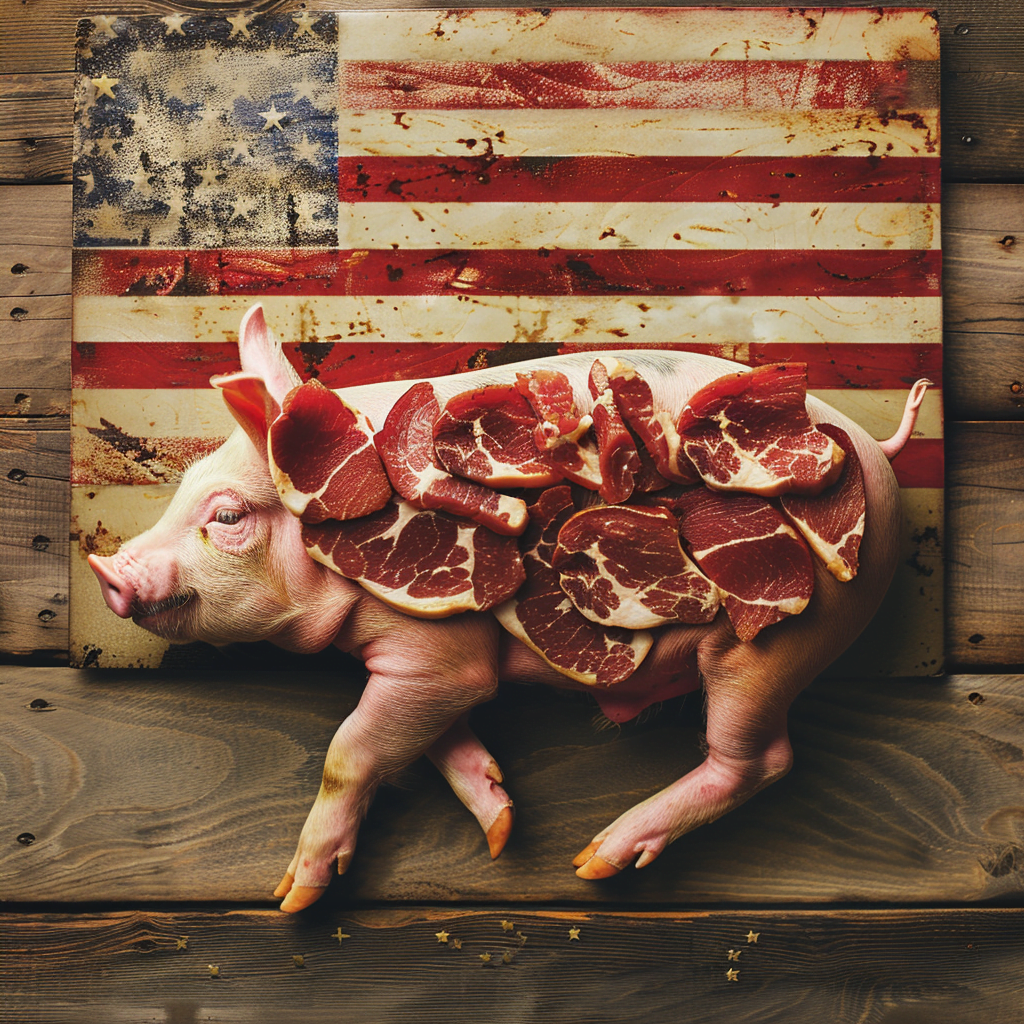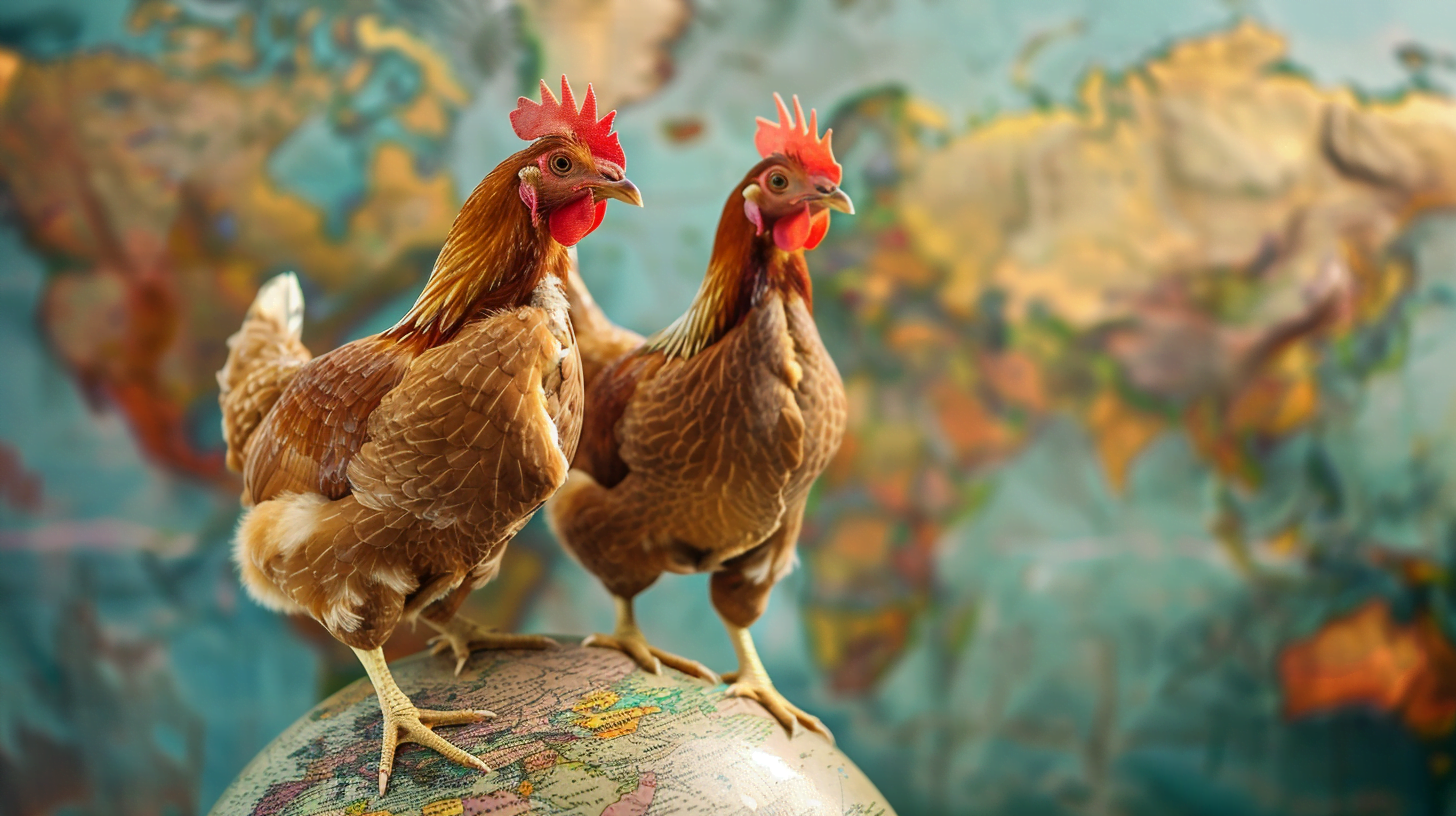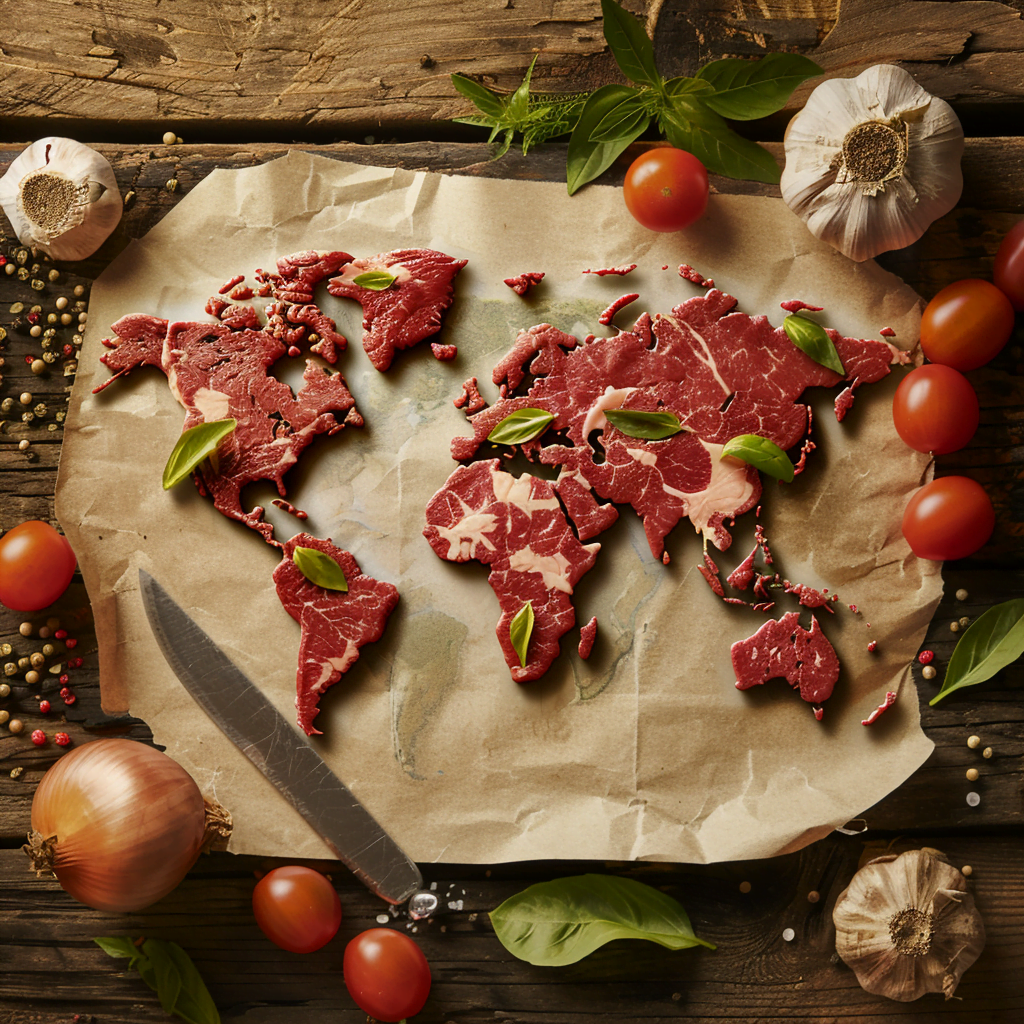With its versatility and cost effectiveness, pork stands as the most widely consumed meat globally. Pork makes up over 36% of total meat intake worldwide according to OECD estimates. Driven by population growth and rising incomes, demand for pork shows no signs of slowing down. In fact, global pork consumption is projected to rise by over 40 million metric tons in the next decade.
But keeping up with surging global pork demand is no easy task. It requires massive production systems, abundant feed resources, advanced infrastructure, and efficient supply chains to deliver pork from farm to fork.
So which country produces the most pork and dominate today’s pork industry landscape? Here is an in-depth look at the leading pork producing powerhouses fueling the growing appetites of the world.
China: #1 Global Pork Powerhouse Despite Swine Fever Epidemic
China stands unmatched as the world’s top pork producer, representing over 49% of total global output. The country produced over 54 million metric tons (MMT) of pork in 2021 based on USDA Foreign Agricultural Service statistics.
To put China’s pork dominance into perspective, the United States comes in at a distant third globally with under 13 MMT of annual pork production. And China’s output is over double the entire European Union’s pork supply each year.
Several key advantages have catalyzed China’s meteoric rise as a pork superpower:
- Massive Population to Feed: As the world’s most populous nation with over 1.4 billion citizens, China must produce incredible volumes of pork to meet domestic needs. Pork also features prominently across many Chinese cuisine dishes which drives strong cultural demand.
- Government Support Programs: Chinese government subsidies, investments, and policies aimed at achieving self-sufficiency across pork supply have accelerated industry growth. These supports enabled large-scale production expansion.
- Integrated Supply Chains: China has invested heavily in vertically integrated, confinement-based hog farming operations and pork processing infrastructure. These industrial-scale operations churn out high volumes of affordable pork.
However, China’s pork behemoth shows some cracks in its armor. In recent years, devastating outbreaks of African Swine Fever (ASF) have ravaged domestic hog herds. Experts estimate that ASF wiped out 50-75% of China’s pig population at epidemic peaks, severely constraining pork supply.
| Year | China Pork Production (MMT) | % of Global Total |
|---|---|---|
| 2016 | 50.4 | 47% |
| 2017 | 53.4 | 49% |
| 2021 | 54 | 49% |
Between 2018-2020, pork prices in China nearly doubled due to acute shortages. The crisis highlighted vulnerabilities in China’s intensive pork model. Ongoing ASF challenges could shift the nation from pork exporter to major importer moving forward.
Still despite recent setbacks, the wheels of China’s pork industry continue churning, producing more pork than the next 3 top global producers combined. China’s pork supremacy looks ensured for years to come.
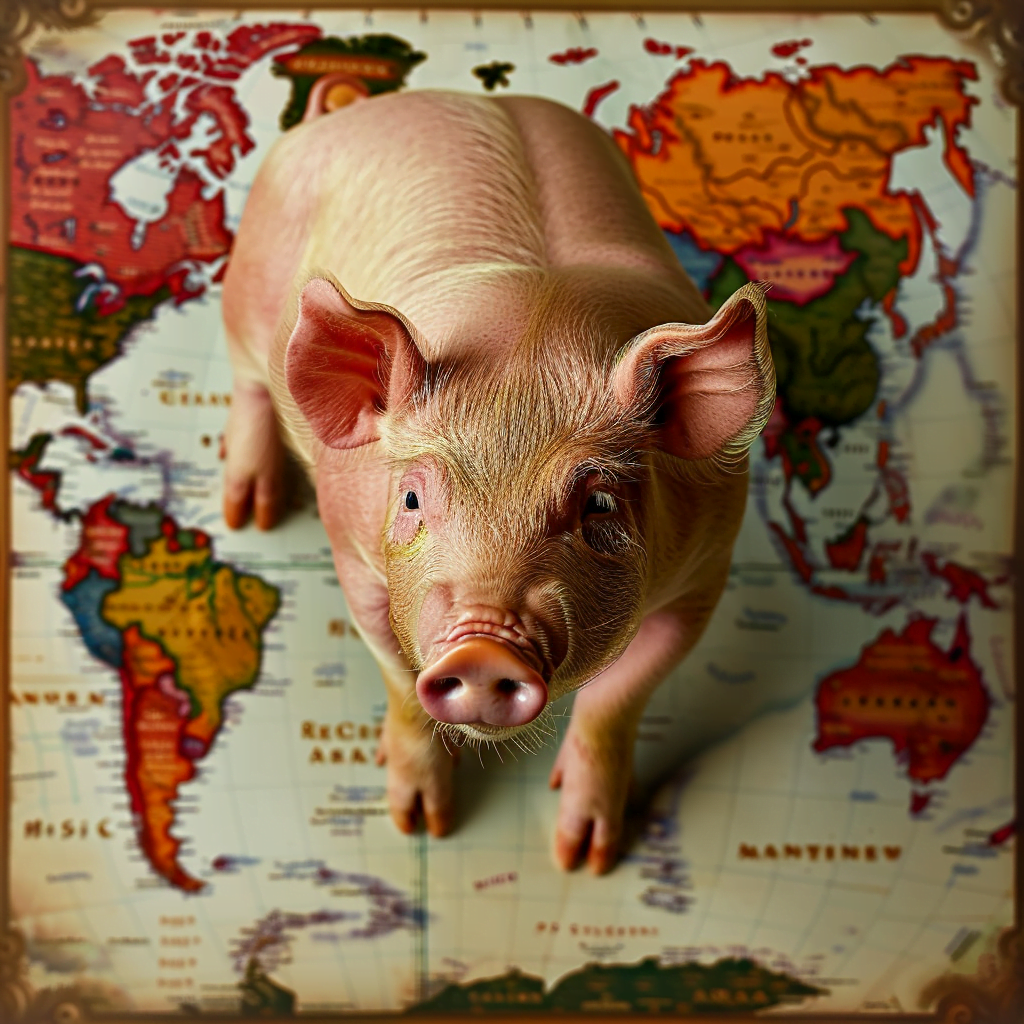
European Union: World’s 2nd Largest Pork Producer Anchored by Germany and Spain
While China occupies the top pork spot, the European Union (EU) follows as the second largest pork producing region globally. Combined, the EU generated over 23 million metric tons (MMT) of pork output in 2021.
The EU single market allows pork products to flow freely across member state borders. This allows pork producers to tap into robust regional demand. Uniform EU-wide standards also help ensure consistent pork safety, quality, and traceability from farm to table.
But a closer look reveals that Germany and Spain together account for over 60% of the EU’s annual pork production:
- Germany – Europe’s largest pork powerhouse producing over 5 MMT annually. Also leads EU pork exports.
- Spain – Major producer with over 4 MMT per year. Significant exporter to high-value Asian markets.
Germany’s advanced processing infrastructure, strict biosecurity protocols and technology investments give the nation competitive advantages in EU and global pork trade. Meanwhile Spain’s integration with Mediterranean feed grain networks helps sustain cost-effective hog raising.
United States & Brazil: Battling for 3rd Place Globally
The race for 3rd place among top global pork producers represents an extremely close photo finish between pork heavyweights Brazil and the United States.
The United States holds a slight edge for now, generating over 12 MMT commercially each year according to USDA. The U.S. pork sector benefits from world-class genetics, efficient grain-based feeding infrastructure and capital investments in industrial-scale farms.
Iowa and North Carolina lead U.S. pork production with over 6 billion lbs annually each. However, retaliatory trade barriers by major buyers like China and Mexico have battered U.S. pork exports in recent years. Reopening these vital Asian and Latin American consumer markets remains a top priority for American pork producers.
At the same time, Brazil continues making aggressive moves to capture larger shares of global pork trade. As the largest nation in South America, Brazil churned out over 4 MMT of pork output in 2021.
Rising domestic pork demand in Brazil coupled with an abundance of locally sourced feed grains give the country’s industry a balanced foundation to supply both domestic eaters and international export markets. With a population over 200 million strong, Brazil represents a high-growth pork consumption market itself.
Over 20% of Brazil’s current pork output already flows to export channels, with leading Asian markets representing key targets. Industry analysts forecast Brazil’s exports surging by 40-50% by 2025 if supply chains keep pace with global pork demand.
Other Major Pork Producers
Beyond the “Big 4” pork powerhouses detailed above, several other nations make notable contributions to global pork volumes:
- Russia – Russian pork production hovers around 3 MMT annually. However restrictive trade policies hinder export competitiveness.
- Vietnam – Vietnamese pork output reached 3.4 MMT in 2020. Pork makes up 79% of meat consumption domestically.
- Canada – Canada produces around 1.2 MMT of pork yearly, exporting over 70% of output thanks to robust demand south of the border.
These countries round out the list of leading pork producers worldwide. But the real growth story moving forward centers on the Asia-Pacific region.
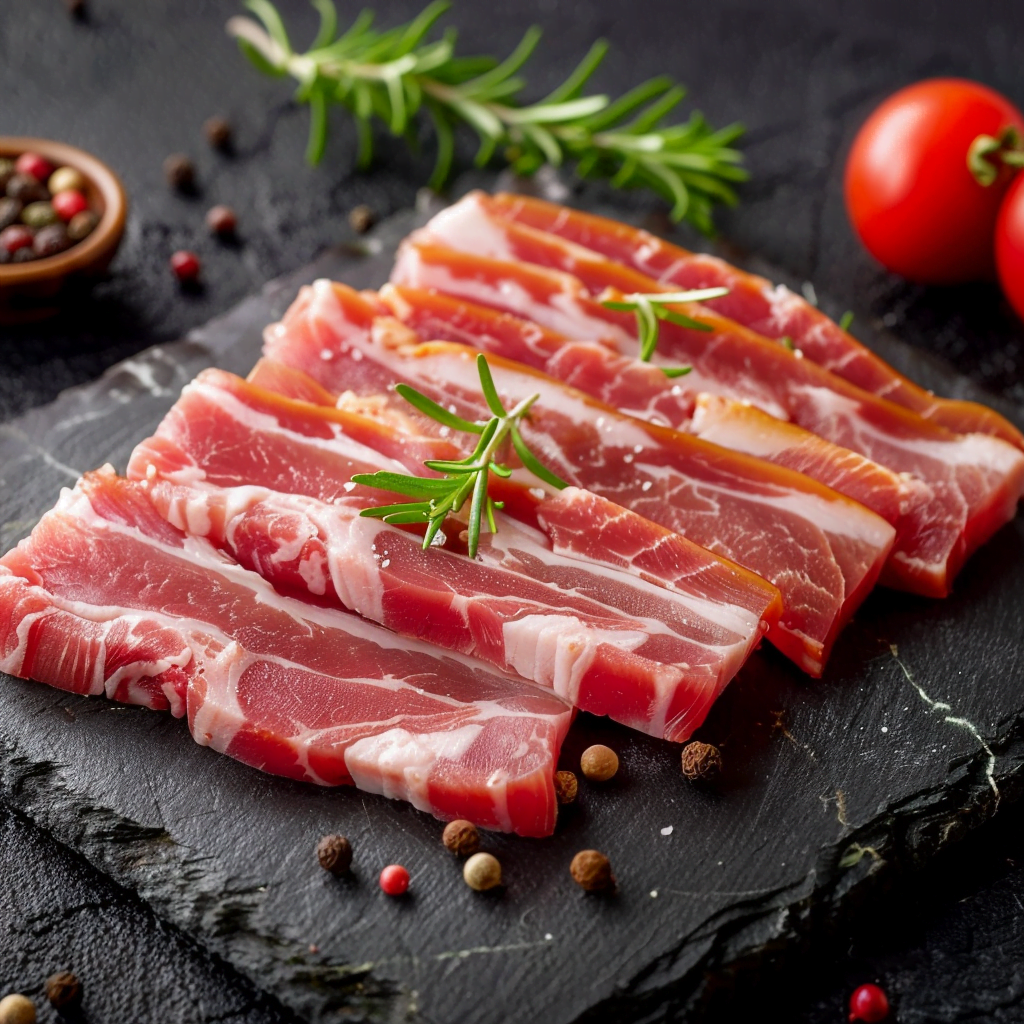
Key Drivers Shaping the Global Pork Industry
Beyond the top producing nations, a number of overarching factors will shape the global pork landscape in the years ahead:
Surging Demand in Asian Markets
Rising populations, increasing urbanization and a ballooning middle class have positioned Asia as the likely engine of global pork demand growth for decades to come. Over the last 30 years, per capita pork consumption in East and Southeast Asian countries has already doubled.
As an affordable and desirable animal protein for Asian consumers, pork stands poised for further growth as incomes rise across the region. Even marginal demand increases from colossal importers like China can trigger global production and trade shake-ups.
Consolidation Across Processing and Distribution
Across major pork exporting countries, industry consolidation is accelerating, especially across the processing and distribution links in pork supply chains.
For example in the U.S., the top 4 pork processors account for over 55% of production capacity. In Brazil, JBS and other meatpacking giants continue acquiring smaller players. This consolidation allows companies to enhance operational efficiency through coordinated supply chain management and centralized distribution.
Looming Threat of Animal Disease Outbreaks
As seen with China’s African Swine Fever crisis, animal disease outbreaks can severely disrupt pork output for major producing nations. Experts warn that diseases can spread rapidly across modern intensive farming systems.
Stringent biosecurity protocols are crucial for mitigating disease-related supply impacts. But outbreaks may also influence global pork trade and production shifts depending on the severity of localized supply shortfalls.
Trade Policy: Opening Doors to Key Pork Importers
With nearly 30% of global pork output flowing through international trade channels, trade policies wield major influence over the world’s pork flow.
Free trade agreements that expand market access between major exporters and fast-growing importers in Asia and beyond can pay major dividends. Similarly, disputes that erect trade barriers can leave export-focused industries struggling.
As the leading global source of meat protein, the pork industry will continue adapting to satisfy the appetites of an expanding global middle class, especially across the Asia-Pacific region.
